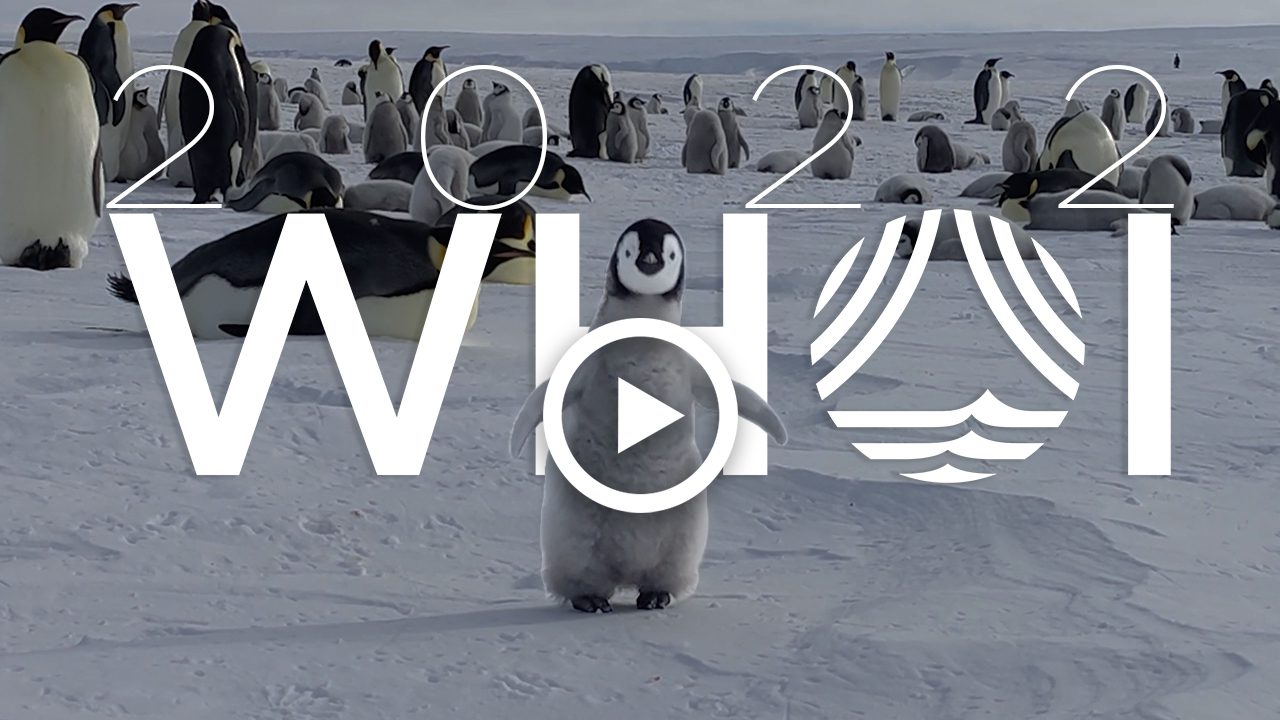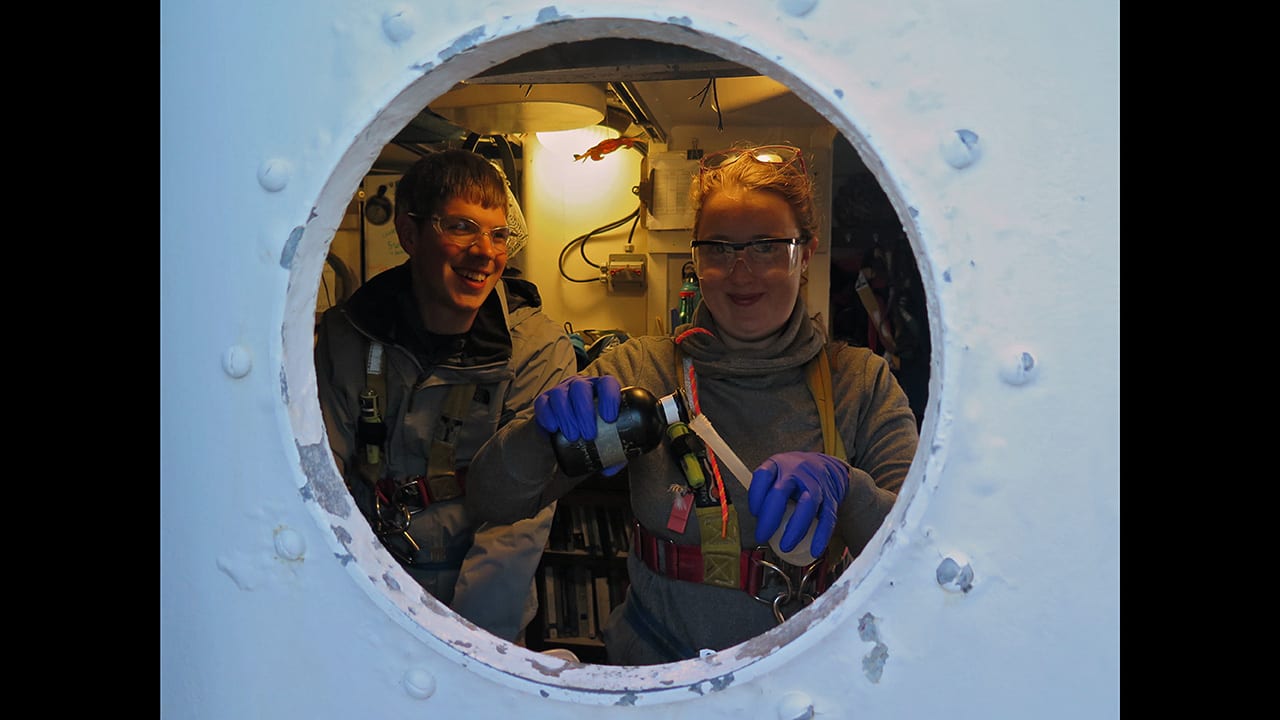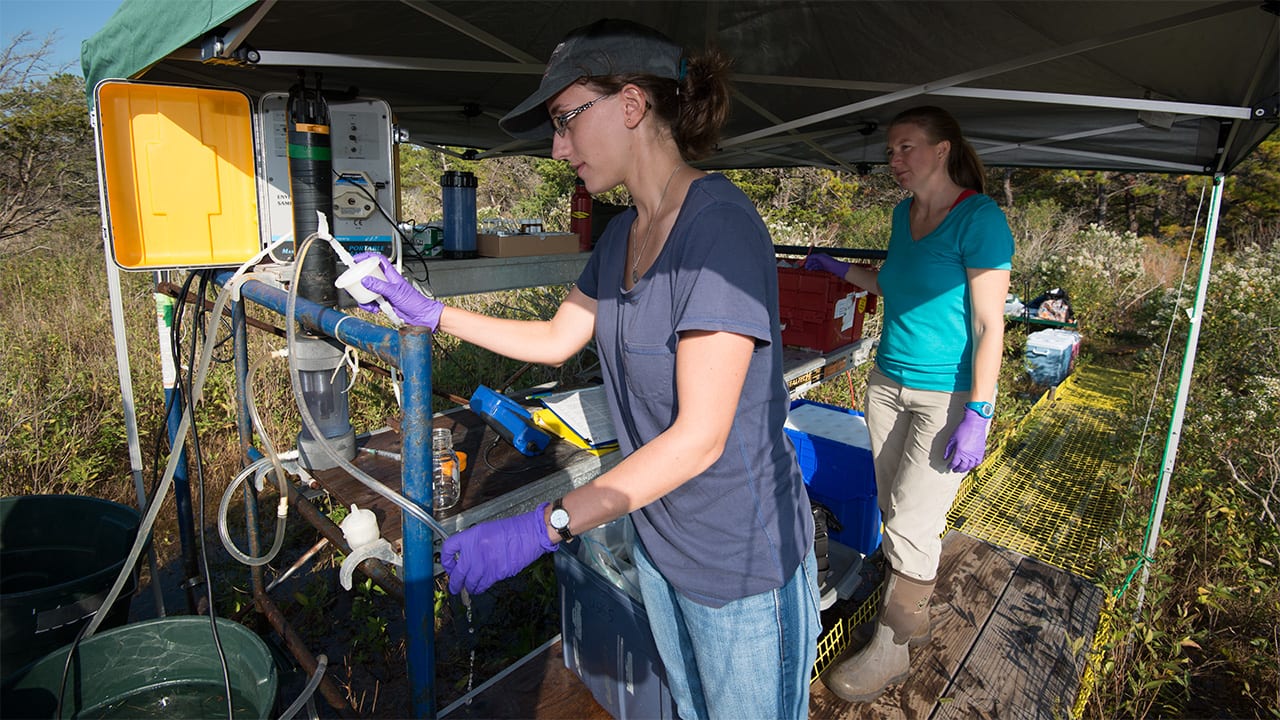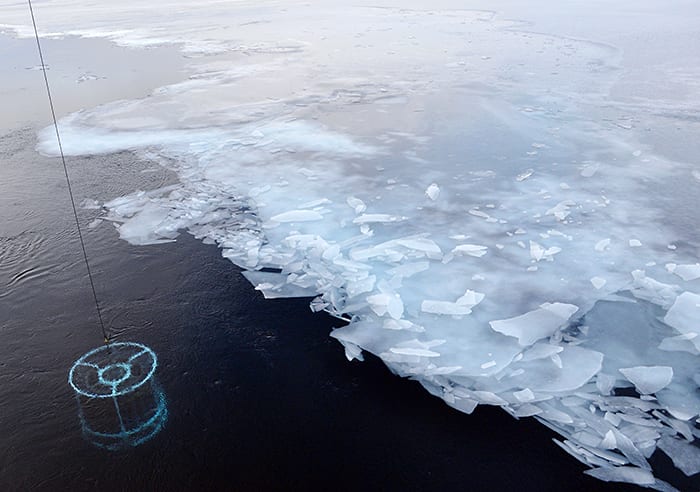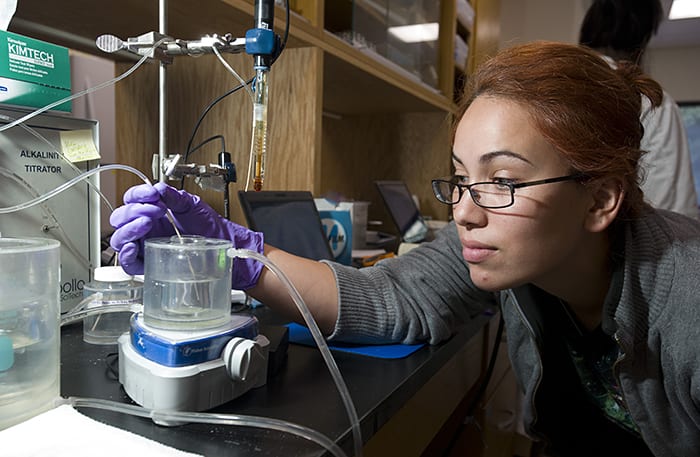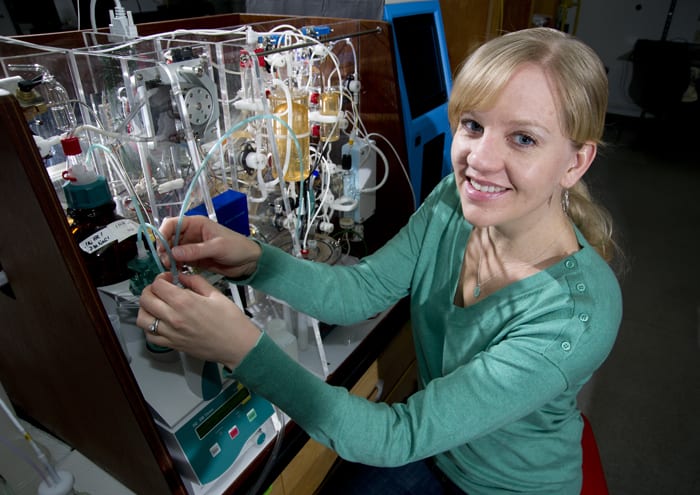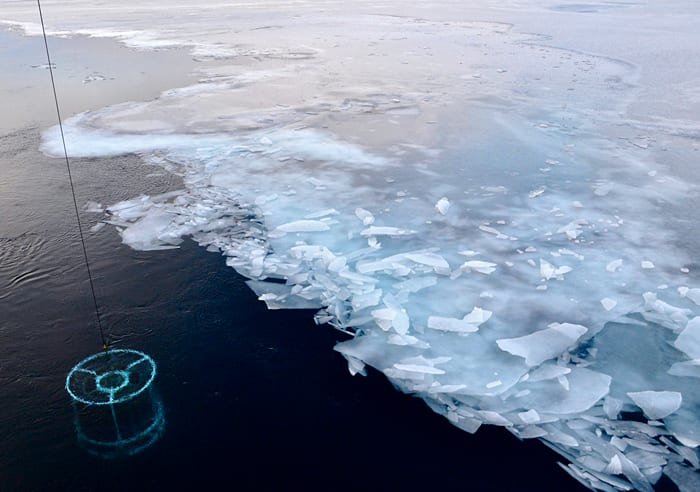Multimedia Items
Evaluating Ocean Climate Solutions
In case you missed it, watch the WHOI public information session on marine carbon dioxide removal and the LOC-NESS Project
Read More2022 Year in Review
Re-live the best of 2022 with this montage showcasing just some of WHOI’s ocean science, technology, and engineering highlights. WHOI researchers are active in upwards of 800 projects around the world at any time, providing critical information about some of the most urgent challenges facing humanity and the planet we call home. As part of the WHOI community, we thank you for your dedication to our ocean, our future, and our planet. Best wishes for a happy and healthy 2023!
Read MoreFirst of Many
MIT-WHOI Joint Program students Cory Berger (left) and Logan Tegler (right) prepare water samples in the lab aboard the Sea Education Association‘s Corwith Cramer during this year’s Jake Peirson Summer…
Read MoreTracking Salt Marsh Carbon
WHOI scientists are studying this Waquoit Bay salt marsh to better understand the role wetlands play in storing carbon and exporting it to the coastal ocean. Here, research assistant Kate Morkeski (right)…
Read MoreTesting the Waters
Scientists and crew led by WHOI oceanographer Robert Pickart traveled to the Beaufort Sea in 2011 aboard the U.S. Coast Guard ice breaker Healy. They were carrying out part of a five-year study to assess the state…
Read MoreClimate Change Chemist
In 2013, Summer Student Fellow Alterra Sanchez calibrated and tested low-cost commercial sensors in a local marsh to evaluate their accuracy. Back in the lab of marine chemist Zhaohui ‘Aleck’…
Read MoreA Fine Balance
WHOI postdoctoral researcher Katie Shamberger makes adjustments to VINDTA (Versatile INstrument for the Determination of Total inorganic carbon and titration Alkalinity) in the lab of associate scientist Dan McCorckle. By making…
Read MoreTesting the Waters
In October, scientists and crew led by WHOI oceanographer Robert Pickart traveled to the Beaufort Sea aboard the US Coast Guard ice breaker Healy. They were carrying out part of a five-year study…
Read More

